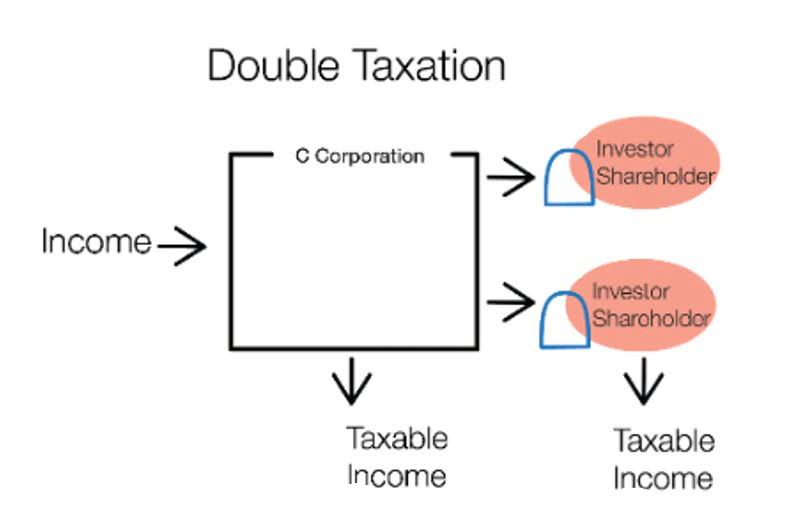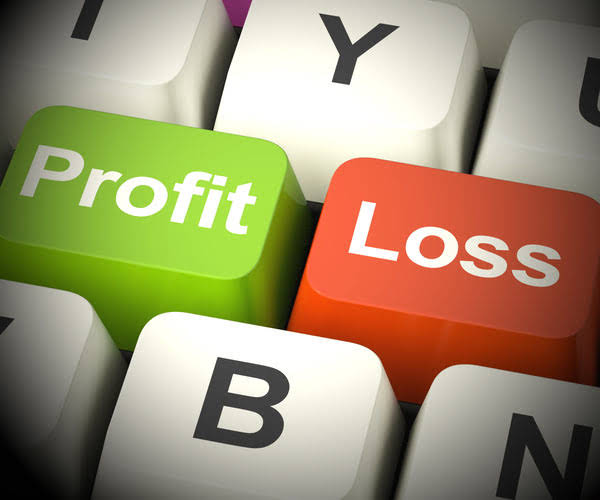
Whether the calculation is for forecasting or reporting affects the appropriate methodology as well. Production costs are usually part of the variable costs of business because the amount spent will vary in proportion to the amount produced. An example of a product cost would be the cost of raw materials used in the manufacturing process. Product costs also include Depreciation on plant, expired insurance on plant, production supervisor salaries, manufacturing supplies used, and plant maintenance. Examples of period expenses include vendor bills, storage for supplies or inventory not generating revenue, borrowing money to cover current costs, etc. Both direct and indirect operating bookkeeping costs ultimately contribute to the calculation of net income, which is the final figure on the income statement.
- Some examples include General administration costs, sales clerk salary, depreciation of office facilities, etc.
- The third type has a base cost but increases with higher production—known as semi-variable costs.
- This ratio measures the percentage of a company’s revenue that is consumed by operating expenses.
- Understanding how to calculate total period cost is essential for accurate financial analysis in business management.
- These expenses are pivotal for businesses to comprehend as they directly affect profitability and operational efficiency.
Is Labor a Period Cost or Product Cost?

Overhead covers indirect production costs like electricity, equipment maintenance, factory supervision, insurance, and more. Overhead cannot be directly linked to individual units and is allocated based on an appropriate cost driver. Freight would be considered a period cost if it is paid to ship the finished product to customers.
- By analyzing operating cost ratios, businesses can identify areas where costs are excessive and implement strategies to reduce them.
- For example, John & Muller company manufactures 500 units of product X in year 2022.
- They provide insights into how well your company manages expenses relative to revenue.
- A common mistake in calculating total period costs is misclassifying product costs as period costs.
- This approach can be particularly effective in industries where customer acquisition costs are high, but the lifetime value of a customer is significant.
- In FIFO costing, the costs in the beginning inventory are transferred out in a lump sum.
- Careful analysis of period versus product costs, combined with targeted strategies to control overhead and optimize production, can yield significant cost savings and competitive advantage.
How confident are you in your long term financial plan?
The significance of period costs extends beyond mere accounting entries to become a cornerstone in shaping business tactics and financial health. Explore the role of period costs in financial management, from accounting practices to strategic pricing and budgeting, for informed business decisions. These costs are identified as being either direct materials, direct labor, Bookkeeping for Chiropractors or factory overheads, and they are traceable or assignable to products. To quickly identify if a cost is a period cost or product cost, ask the question, “Is the cost directly or indirectly related to the production of products? Period costs are costs that cannot be capitalized on a company’s balance sheet.

What Effect Does Period Cost Have on the Income Statement?
- For a retailer, the product costs would include the supplies purchased from a supplier and any other costs involved in bringing their goods to market.
- Also termed as period expenses, time costs, capacity costs, etc these are apportioned as expenses against the revenue for the given tenure.
- In the upcoming sections, we will delve into the specifics of how to calculate total period cost.
- To quickly identify if a cost is a period cost or product cost, ask the question, “Is the cost directly or indirectly related to the production of products?
- Our writing and editorial staff are a team of experts holding advanced financial designations and have written for most major financial media publications.
- Examples include production materials consumed in making a product and commissions paid to salespeople.
- Therefore, before talking about how a product cost differs from a period cost, we need to look at what the matching principle says about the recognition of costs.
According to generally accepted accounting principles (GAAPs), all selling and administrative costs are treated as period costs. For a software company, product development costs like engineering and hosting are directly tied to creating and supporting their product. Meanwhile general business expenses like rent and marketing are period costs. Period costs and product costs are important concepts in managerial accounting that help businesses track their expenses. Knowing the key differences between these types of period costs formula costs can have a big impact on financial reporting and decision making. Instead, they are included in the cost basis of inventory through cost of goods sold as production occurs.
Optimizing Production: Balancing Direct and Indirect Costs

This additional information is needed when calculating the break even sales level of a business. It is also useful for determining the minimum price at which a product can be sold while still generating a profit. Careful analysis of period versus product costs, combined with targeted strategies to control overhead and optimize production, can yield significant cost savings and competitive advantage. Direct costs like materials and direct labor can be easily traced to individual units of output. For example, the wood and fabric that goes into a chair, or the wages of the worker assembling it.







